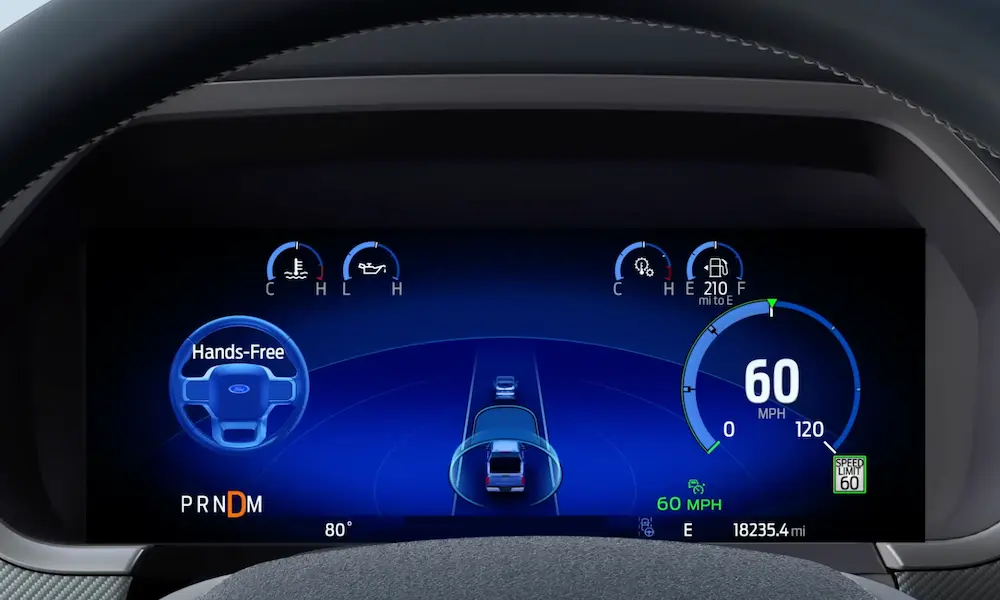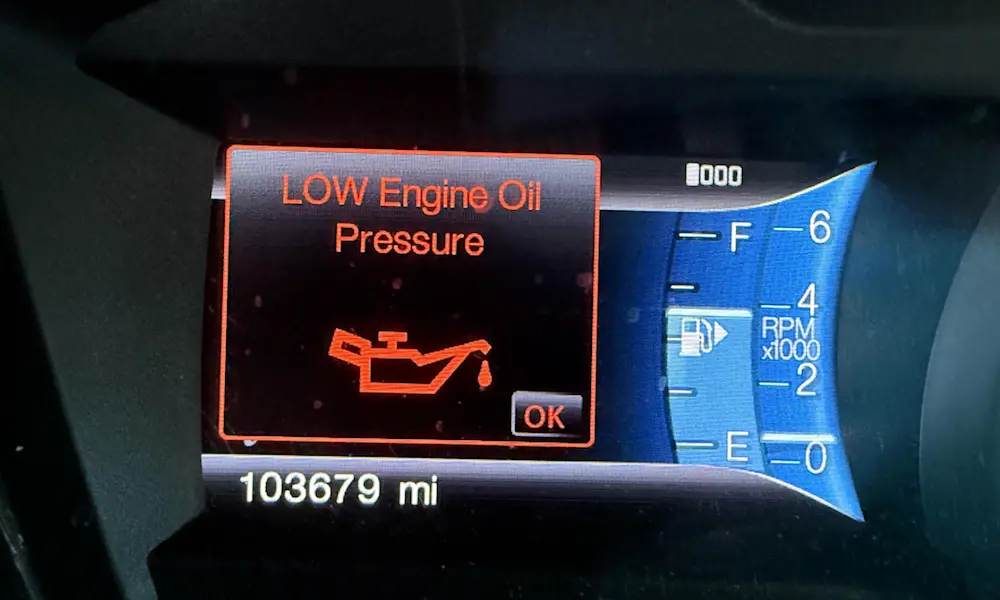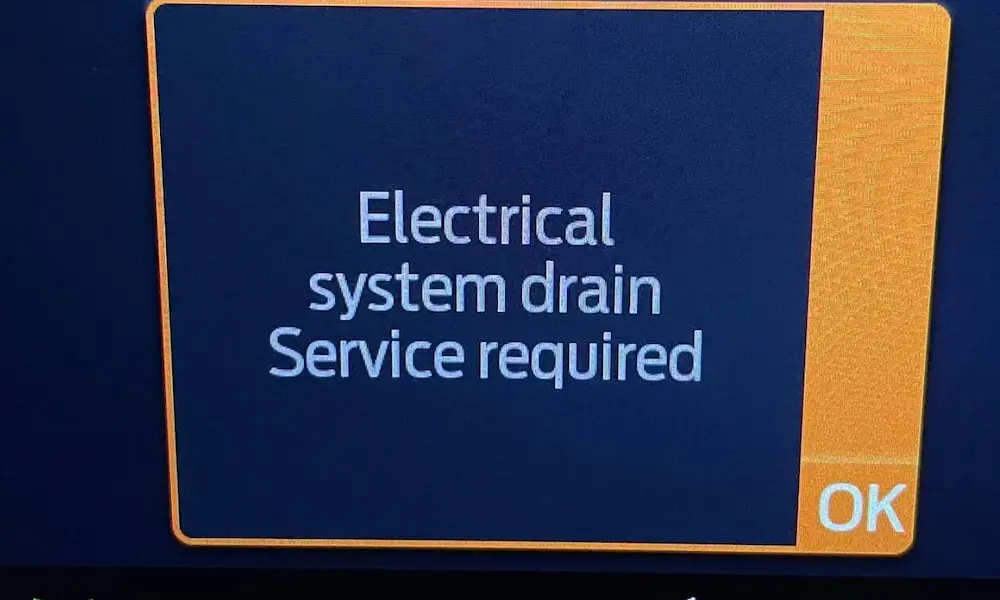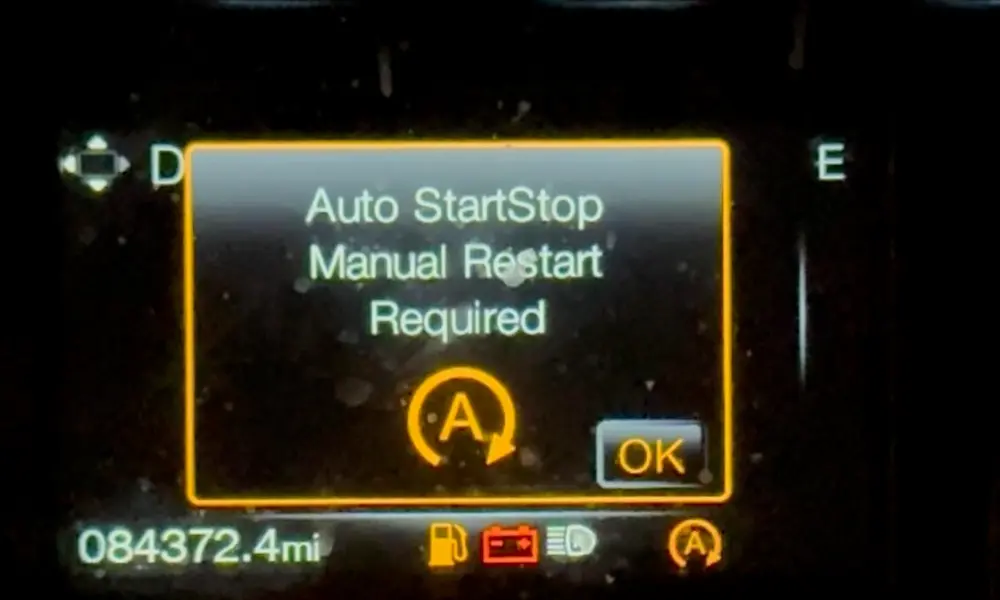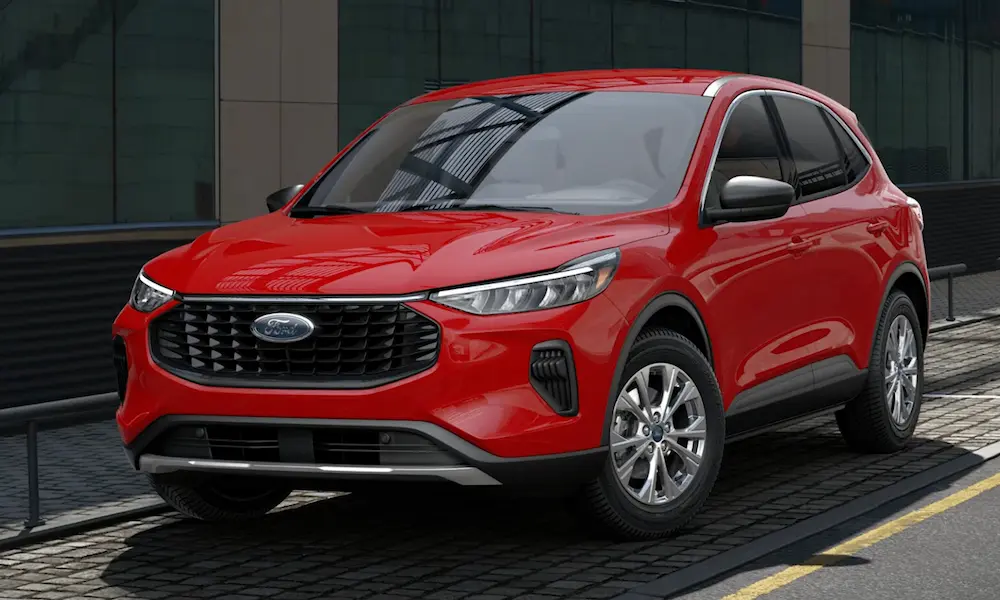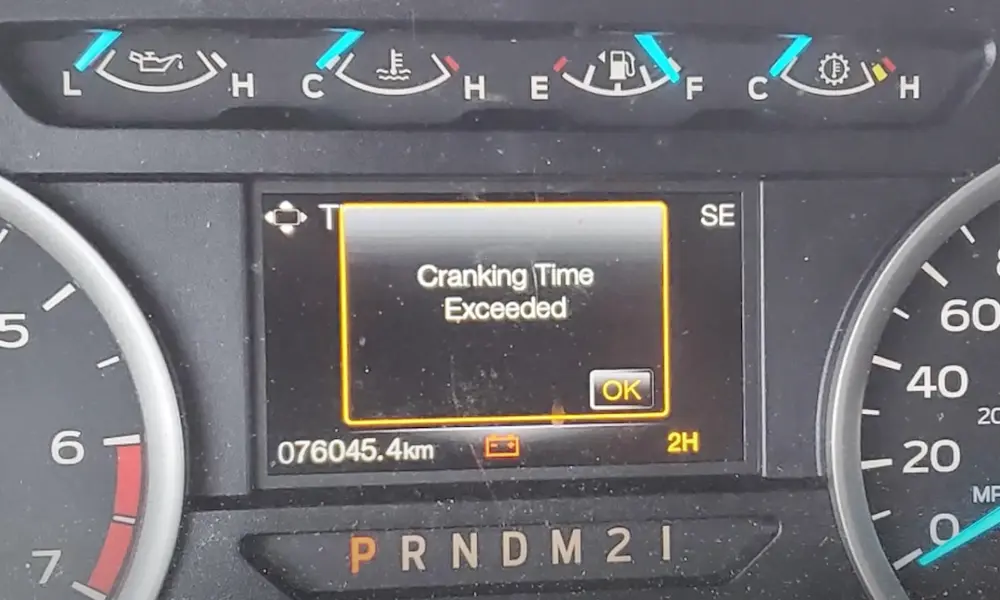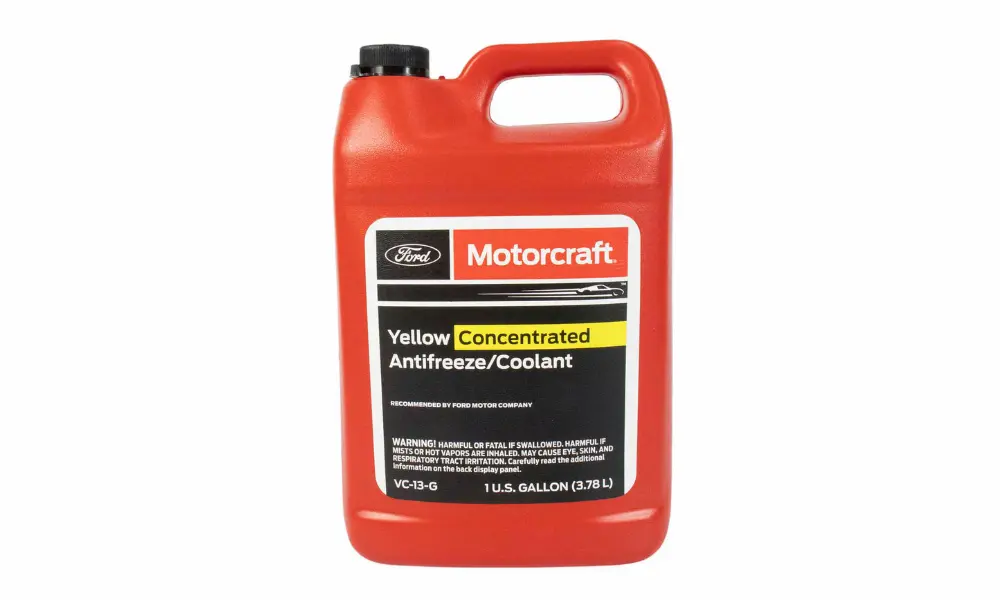Looking to understand what makes the legendary 7.3 Powerstroke diesel tick? Whether you’re considering buying a used Ford Super Duty with this powerplant or already own one, knowing the specs and capabilities of this iconic engine can help you make informed decisions. This comprehensive guide breaks down everything from horsepower ratings to design features that made the 7.3 Powerstroke a benchmark in diesel reliability.
The 7.3 Powerstroke Legacy
The 7.3 Powerstroke diesel engine wasn’t just another powertrain option for Ford trucks—it became a legend. Manufactured by Navistar International from 1994 to 2003, this turbocharged V8 diesel earned its reputation through exceptional reliability and durability that competitors struggled to match.
What made it special? The 7.3 Powerstroke was essentially an overbuilt medium-duty truck engine adapted for consumer vehicles. This “industrial strength” approach resulted in an engine that routinely surpassed 300,000 miles with minimal issues when properly maintained. Even today, nearly two decades after production ended, these engines command premium prices in the used market.
Core Engine Specifications
The 7.3 Powerstroke engine specs showcase its heavy-duty design philosophy from the start:
- Engine Type: Turbocharged V8 diesel
- Displacement: 444 cubic inches (7.3 liters)
- Bore x Stroke: 4.11 inches x 4.18 inches
- Compression Ratio: 17.5:1
- Block Material: Cast iron
- Cylinder Head Material: Cast iron
- Valve Configuration: 4 valves per cylinder (32 valves total)
- Total Weight: Approximately 920 pounds
- Oil Capacity: 18 quarts (15 in pan, 3 in top end)
This substantial oil capacity—more than double what’s found in many modern engines—contributes significantly to the engine’s legendary cooling properties and longevity. The all-cast-iron construction adds weight but provides exceptional strength and durability compared to aluminum components.
Power and Performance Evolution
Throughout its production run, the 7.3 Powerstroke’s performance specifications evolved considerably:
Early Models (1994-1997)
- Horsepower: 210 hp
- Torque: 425 lb-ft
- Fuel Delivery: HEUI (Hydraulic Electronic Unit Injection)
- Turbo: Single fixed-geometry turbocharger
Later Models (1999-2003)
- Horsepower (Automatic Transmission): 250 hp
- Torque (Automatic Transmission): 505 lb-ft
- Horsepower (Manual Transmission): 275 hp
- Torque (Manual Transmission): 525 lb-ft
- Enhanced Fuel System: Improved HEUI injectors
- Refined Electronic Controls: Better PCM calibrations
While these numbers might seem modest by today’s standards (modern diesels routinely exceed 400 hp and 1,000 lb-ft), they were class-leading for their era. More importantly, the broad, flat torque curve delivered exceptional real-world towing capability.
Revolutionary Fuel System Technology
The HEUI (Hydraulic Electronic Unit Injection) system was perhaps the most innovative aspect of the 7.3 Powerstroke engine specs. This technology represented a significant departure from traditional mechanical injection systems of the era.
How HEUI works:
- Pressurized engine oil (up to 3,000 psi) serves as the hydraulic medium
- Electronic signals from the PCM control injection timing and duration
- High-pressure oil forces the intensifier piston to compress fuel
- Fuel is injected directly into the combustion chamber at up to 21,000 psi
This system provided several advantages:
- More precise fuel delivery than mechanical systems
- Improved cold-starting capability
- Better emissions control
- Enhanced performance across the RPM range
- Adaptability to different operating conditions
The 7.3 Powerstroke’s direct injection design represented a major upgrade from the indirect injection used in the previous 7.3L IDI (Indirect Injection) engine, improving both power and efficiency.
Structural Features Contributing to Reliability
Several key structural elements in the 7.3 Powerstroke engine specs contributed to its legendary durability:
Block and Head Design
- Six head bolts per cylinder (versus four in many designs)
- Extra-thick cylinder walls for strength and durability
- 17.5:1 compression ratio balanced for performance and longevity
- Cross-bolted main caps providing exceptional bottom-end strength
Cooling System
- Large oil capacity providing superior cooling and lubrication
- Efficient water jacket design
- Oil cooler standard on all models
Turbocharger Design
- Single fixed-geometry turbocharger
- Wastegate to control boost pressure
- Conservative boost levels (under 20 psi) for longevity
These overbuilt features help explain why properly maintained 7.3 Powerstroke engines routinely achieve mileage figures that make other diesels seem fragile by comparison.
Model Year Differences and Updates
The 7.3 Powerstroke underwent several revisions during its production run. Understanding these changes can be crucial when evaluating a used engine:
1994-1997 (First Generation)
- 210 hp / 425 lb-ft power ratings
- Single-shot HEUI injectors
- Basic PCM programming
- Simpler air intake system
1999-2003 (Second Generation)
- Power increased to 250-275 hp and 505-525 lb-ft
- Split-shot HEUI injectors for improved combustion
- Enhanced PCM calibrations
- Upgraded turbocharger
- Improved intercooler design
- Electric fuel pump (1999+)
The most significant update came in 1999 with the introduction of split-shot injection, which reduced the harsh diesel knock while improving both performance and emissions.
7.3 Powerstroke Dimensions and Installation Specs
For those considering an engine swap or replacement, understanding the physical dimensions is critical:
- Length: Approximately 36 inches
- Width: Approximately 30 inches
- Height: Approximately 38 inches
- Engine Mounts: Unique to Ford Super Duty applications
- Bellhousing Pattern: Specific to Ford E4OD/4R100 transmissions
- Accessory Drive: Specific to Super Duty application
The significant weight (920 pounds) requires proper support structures and consideration for vehicle balance in any custom installation.
Maintenance Requirements and Specifications
The 7.3 Powerstroke’s maintenance needs differ from both gasoline engines and modern diesels:
Oil Specifications
- Capacity: 18 quarts (15 qt in pan, 3 qt in top end)
- Recommended Oil: 15W-40 diesel-specific (conventional)
- Oil Change Interval: 5,000-7,500 miles (conventional oil)
- Oil Filter: Ford FL1995 or equivalent
Fuel System
- Fuel Filter Location: Engine-mounted and frame-mounted
- Filter Change Interval: 15,000 miles
- Water Separator: Required maintenance at each oil change
Cooling System
- Coolant Capacity: 30+ quarts (system total)
- Recommended Coolant: Ford heavy-duty engine coolant
- Flush Interval: 60,000 miles recommended
Air Intake
- Air Filter Type: Heavy-duty dry element
- Change Interval: 15,000-30,000 miles (environment-dependent)
Proper maintenance is absolutely critical for achieving the legendary longevity these engines are known for. Many 7.3 Powerstroke failures can be traced back to neglected maintenance schedules.
Performance Modifications and Potential
The 7.3 Powerstroke responds well to modifications, with significant power gains possible while maintaining reliability:
Common Upgrades and Power Potential
| Modification Level | Approximate Power | Components |
|---|---|---|
| Stock | 275 hp / 525 lb-ft | Factory components |
| Stage 1 | 330 hp / 650 lb-ft | Tuner, intake, exhaust |
| Stage 2 | 375 hp / 750 lb-ft | Adds larger injectors, HPOP upgrade |
| Stage 3 | 450+ hp / A lot of torque | Adds turbo upgrade, fueling mods, transmission mods |
Reliability Considerations
When modifying the 7.3 Powerstroke, several key components need attention to maintain longevity:
- Transmission: The stock 4R100 automatic typically needs reinforcement beyond 350 hp
- High Pressure Oil Pump: Should be upgraded for significant power increases
- Fuel Supply: Larger or dual fuel pumps needed for major power increases
- Cooling: Additional oil cooling recommended for heavy use
The sweet spot for many owners is the 350-400 hp range, which provides significant performance gains while maintaining most of the engine’s reliability advantages.
Common Issues and Failure Points
Despite its legendary reliability, the 7.3 Powerstroke isn’t without potential problems:
High-Pressure Oil System
- HPOP (High Pressure Oil Pump) failure or loss of pressure
- Oil leaks from high-pressure oil lines
- ICP (Injection Control Pressure) sensor failures
Electrical Components
- Camshaft Position Sensor failure (causing no-start conditions)
- Glow plug system failures
- PCM issues in high-humidity environments
Cooling System
- Water pump failures (typically after 100,000 miles)
- Oil cooler leaks
- Radiator issues in high-load applications
Fuel System
- Injector cup cracking (allowing coolant into cylinders)
- Fuel filter housing leaks
- Lift pump failures
While these issues can occur, they’re generally less common and less catastrophic than problems encountered in later Powerstroke generations like the 6.0L. With proper maintenance, most 7.3L engines avoid these problems completely.
Comparing the 7.3 Powerstroke to Other Ford Diesels
The 7.3 Powerstroke stands in stark contrast to both its predecessor and successor:
7.3 IDI (1988-1994) vs. 7.3 Powerstroke
- IDI: Indirect injection, naturally aspirated (turbo optional later)
- IDI: 170-190 hp / 338-388 lb-ft
- IDI: Mechanical fuel delivery (no electronics)
- Powerstroke: Direct injection, turbocharged standard
- Powerstroke: 210-275 hp / 425-525 lb-ft
- Powerstroke: Electronic engine management
7.3 Powerstroke vs. 6.0 Powerstroke (2003-2007)
- 7.3: Cast iron heads and block
- 7.3: 275 hp / 525 lb-ft (peak)
- 7.3: HEUI injection system
- 7.3: Legendary reliability
- 6.0: 325 hp / 560-570 lb-ft
- 6.0: Notorious for reliability issues
- 6.0: Required emissions systems (EGR)
- 6.0: Higher maintenance costs
The reliability contrast between the 7.3 and 6.0 Powerstroke is particularly stark. While the 6.0L offered more power, its complexity and design flaws led to significant reliability issues that the 7.3L simply didn’t have.
7.3 Powerstroke Applications Beyond Pickup Trucks
The 7.3 Powerstroke engine found its way into several applications beyond the F-Series trucks:
- Ford E-Series vans (1995-2003)
- Ford Excursion SUV (2000-2003)
- School buses (International chassis)
- Medium-duty commercial trucks
- Various industrial applications
This versatility across platforms further demonstrates the engine’s robust design and adaptability to different use cases.
Identifying a Genuine 7.3 Powerstroke Engine
If you’re in the market for a replacement engine, knowing how to identify a genuine 7.3 Powerstroke is important:
- Engine Serial Number: Located on a metal tag on the driver’s side of the engine block
- Production Codes: Indicate build date and factory
- Visual Identifiers: Turbocharger placement, valve cover design, oil fill location
- Engine Size Casting: Look for “7.3L” cast into various components
Counterfeit or rebuilt engines are sometimes misrepresented, so verification is essential for any major purchase.
The Technical Marvel of the HEUI System
The HEUI system that powers the 7.3 Powerstroke represents a fascinating bridge between mechanical diesel injection systems and modern common rail designs:
- Operating Pressure: Up to 21,000 psi (impressive for the era)
- Control Method: Electronic signals from PCM determine timing and duration
- Mechanical Drive: Camshaft-driven high-pressure oil pump
- Injection Events: Single shot (1994-1997), split-shot (1999-2003)
This system allowed electronic control of injection timing and duration while using engine oil as the hydraulic medium instead of requiring a dedicated high-pressure fuel pump. The design was remarkably advanced for its time and provided a balance of performance and reliability that many consider ideal.
The later split-shot injectors could deliver two distinct injection events per cycle, reducing noise and improving combustion efficiency—a feature now common in modern diesel engines but revolutionary for the 1990s.
Why the 7.3 Powerstroke Remains Relevant Today
Despite being discontinued nearly two decades ago, the 7.3 Powerstroke maintains a dedicated following and strong market presence for several reasons:
- Proven Longevity: 300,000+ mile lifespans are common with proper maintenance
- Mechanical Simplicity: Fewer complex systems compared to modern diesels
- No Emissions Equipment: Lacks EGR, DPF, SCR and other failure-prone systems
- Robust Construction: Overbuilt design tolerates abuse and heavy use
- Strong Aftermarket: Extensive parts and upgrade availability
- Lower Operating Costs: Generally less expensive to maintain than newer diesels
For many truck owners who prioritize reliability and longevity over maximum power or modern conveniences, the 7.3 Powerstroke remains a compelling option—so much so that well-maintained examples still command premium prices in the used market.
Making the Most of a 7.3 Powerstroke Engine
If you own or are considering a vehicle with the 7.3 Powerstroke, here are key recommendations to maximize your experience:
- Maintain Consistent Oil Change Intervals: The 18-quart capacity makes changes expensive but absolutely necessary
- Use Quality Diesel Fuel: Higher cetane ratings improve performance and reduce wear
- Monitor Oil Pressure Carefully: The HEUI system depends entirely on oil pressure
- Consider Mild Performance Upgrades: A cold air intake and tuner can add 50+ hp with minimal reliability impact
- Address Minor Issues Promptly: Small problems can cascade into major ones if ignored
With proper care, a 7.3 Powerstroke can provide exceptionally reliable service for hundreds of thousands of miles—a rare achievement in the world of diesel engines and a testament to the fundamental soundness of its design.
The 7.3 Powerstroke engine specs reflect an engineering philosophy that prioritized durability over maximum power—a tradeoff that has earned this powerplant a permanent place in diesel engine history.



